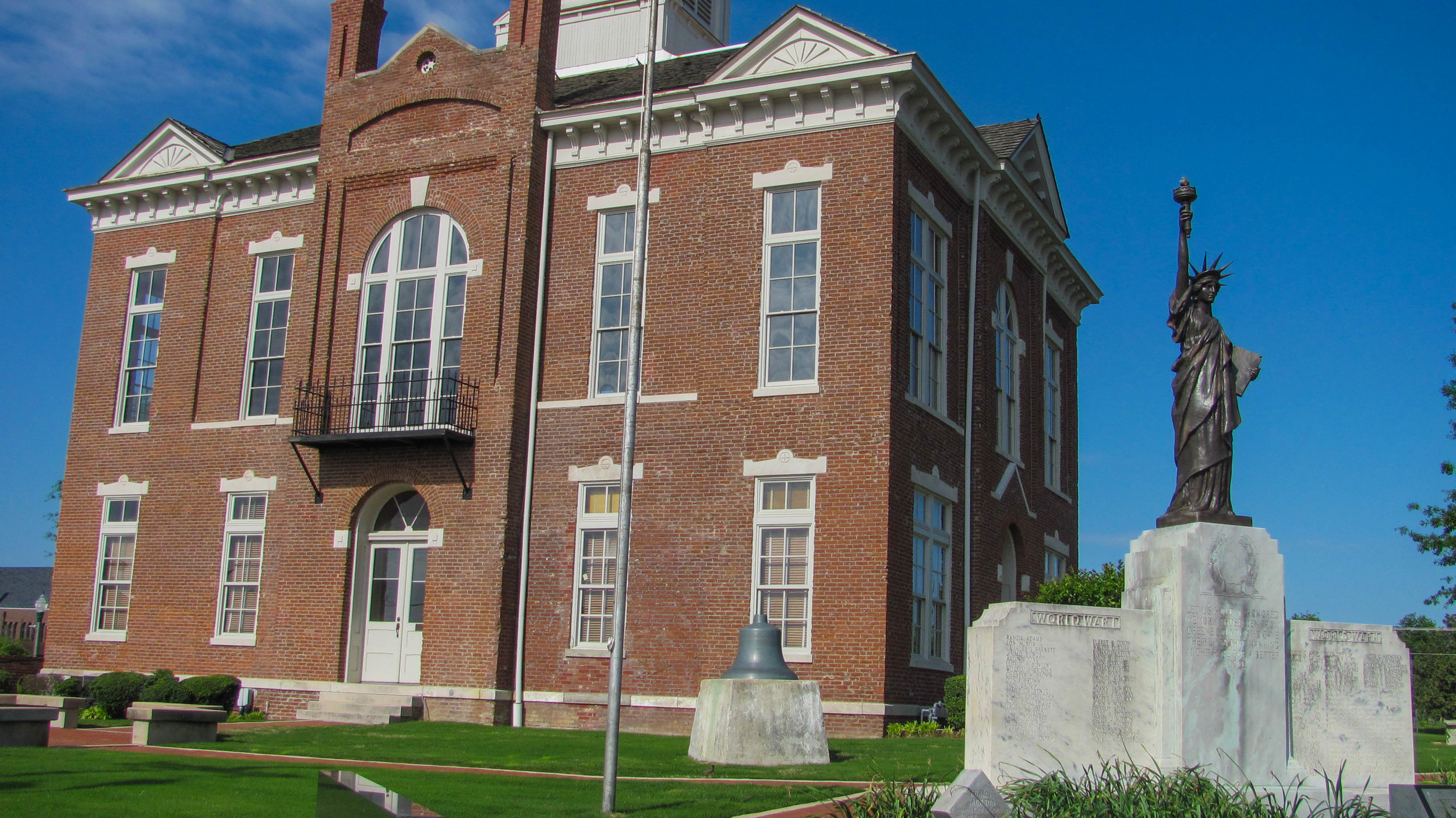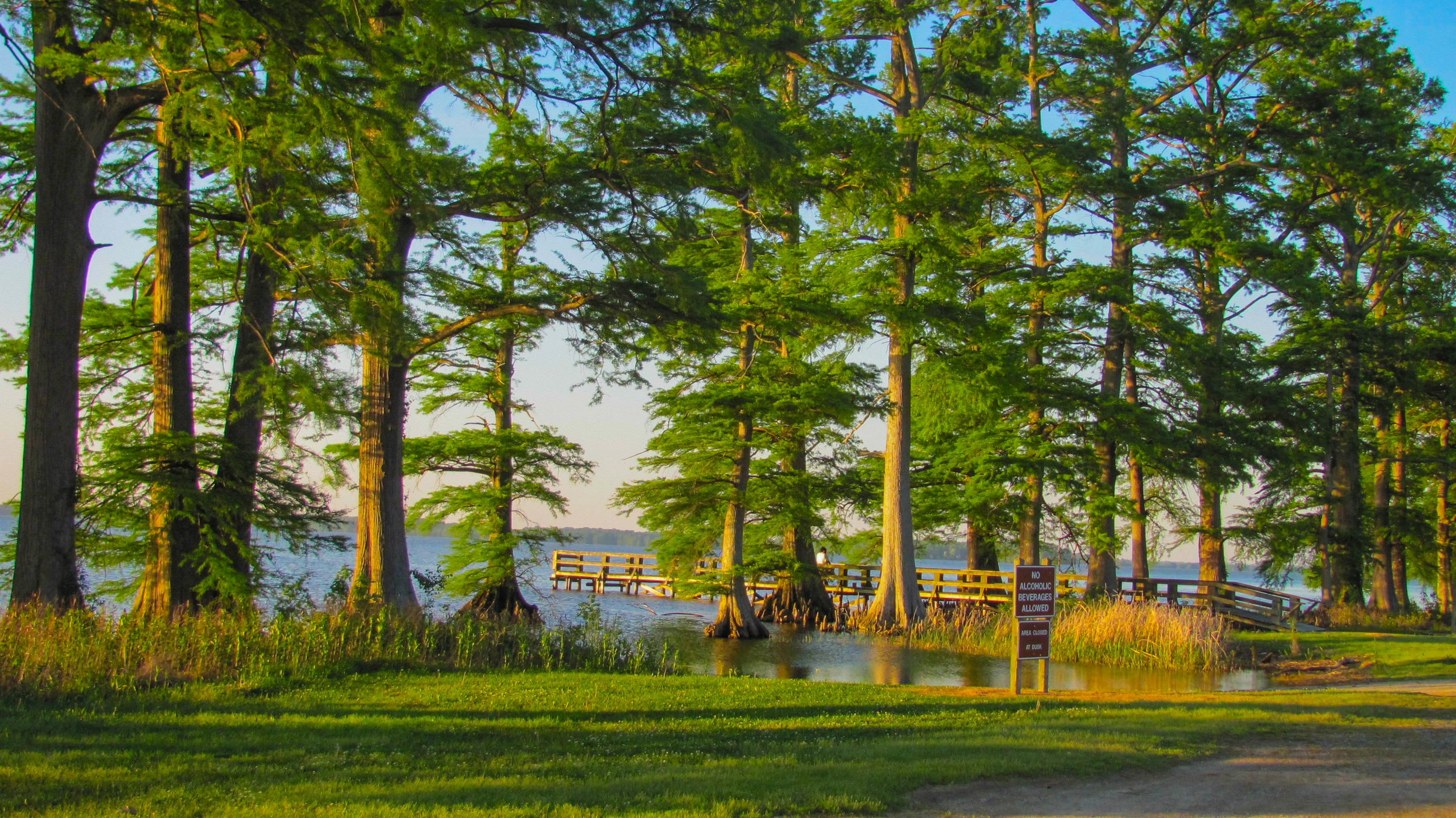2 Lake Drive
Wilson, Arkansas
870-655-8622
Hampson Archeological Museum State Park houses and exhibits a nationally renowned collection from the Nodena site, a 15-acre palisaded village that once thrived on a meander bend of the Mississippi River in what is today Mississippi County. Hampson Archeological Museum interprets the lifestyles of this farming-based civilization that lived there from 1400 to 1650 C.E. This remarkable collection of artifacts and exhibits share the story of this early aboriginal population of farmers who cultivated crops and supplemented their food resources with hunting native game while developing its art, religion and political structure along with a thriving trading network.
This remarkable collection owes its preservation to the late Dr. James K. Hampson and his family. As a boy, Dr. James K. Hampson (1877-1956) was fascinated by arrowheads. His interest in archeology was rekindled in the early 1920’s when he returned to the family plantation, Nodena, to set up a successful medical practice. In 1927, he began a painstaking study of the physical remains of the people who inhabited the Nodena site. Dr. Hampson, his wife, and children excavated and carefully documented portions of the Nodena Site. Their well documented discoveries led to national recognition for Dr. Hampson and major excavations by the University of Arkansas and the Alabama Museum of Natural History. At the time of his death, Dr. Hampson’s family donated his collection to the State of Arkansas. Land for the museum was donated by R.E.L. Wilson, III.
The Upper Nodena Site was a palisaded village. A plaza used in ceremonies connected two ceremonial mounds and associated structures. South of the plaza was an area possibly used as a playing field for a games. Adjacent to and south of the playing field was a third mound. Surrounding this ceremonial area was the village, which included houses and family cemeteries. The Nodena people cultivated corn, beans, and squash. These foods were supplemented by hunting and fishing. White-tailed deer, raccoon, muskrat, squirrel, and rabbit provided food as well as skins, and bones for tools, jewelry, and gaming dice. Cane was used for thatch roofs, building materials, fishing traps, and arrow shafts, and could be used as fuel for fire. Hardwood (bald cypress, oak, cottonwood) was used for canoes, tools, and larger weapons like knives, spears, atlatls, and bows. Local clays were used in the elaborate pottery vessels the Mississippian culture has become known for, including the beautiful type-site pottery. Stone for tools and weapons was imported from the north, and the trade network also brought shells from the Gulf of Mexico and salt from Missouri.
A small gift shop with archeological publications and other gift items is located in the museum. The park grounds include a beautiful, tree-shaded picnic and playground area. Check the park's online calendar of events for special scheduled programs.
Visiting Hampson Archeological Museum State Park
Hours: Open - Tuesday - Saturday: 8 am - 5 pm
Sundays: 1 pm - 5 pm
Closed on Mondays (except Monday holidays) and major holidays
There is a modest entrance fee to visit the museum. Organized groups of fifteen or more with advance notice are admitted at a reduced price.
Explore the nearby community off Wilson
Hampson Archeological Museum State Park - The official website of Hampson Archeological Museum State Park.














